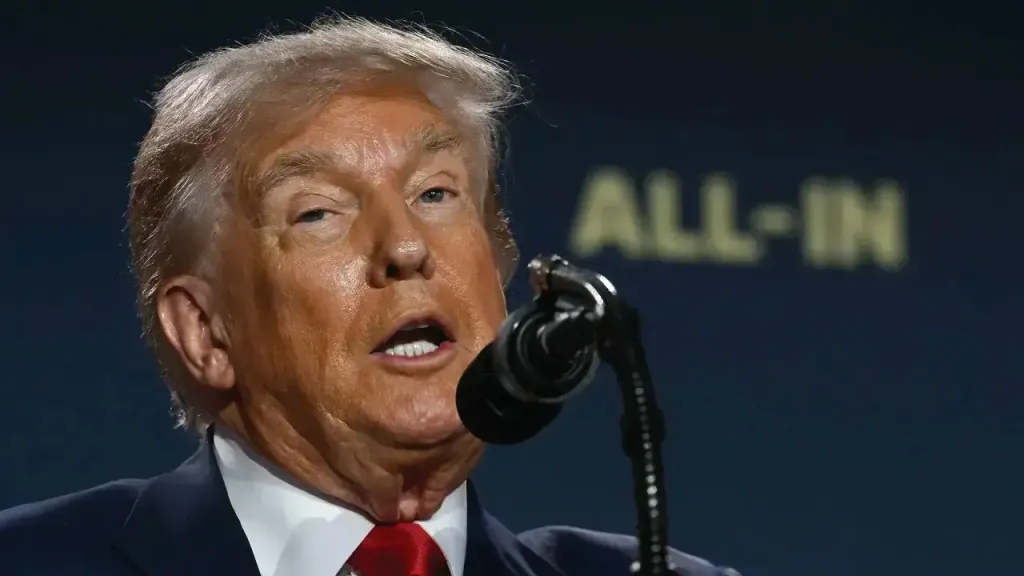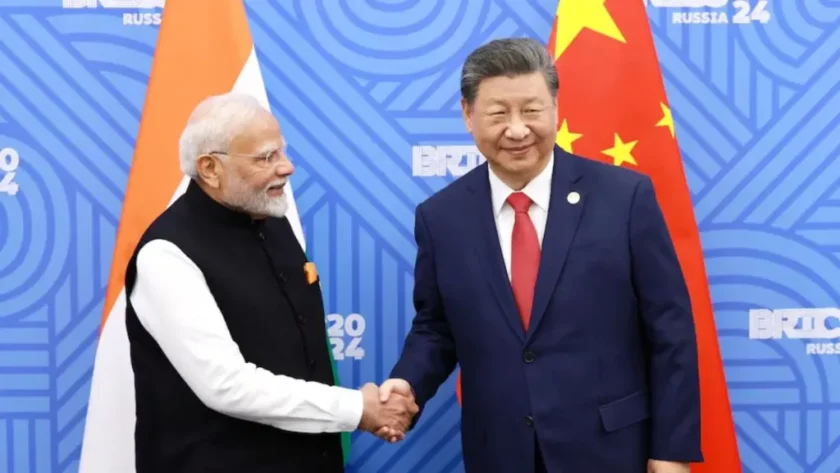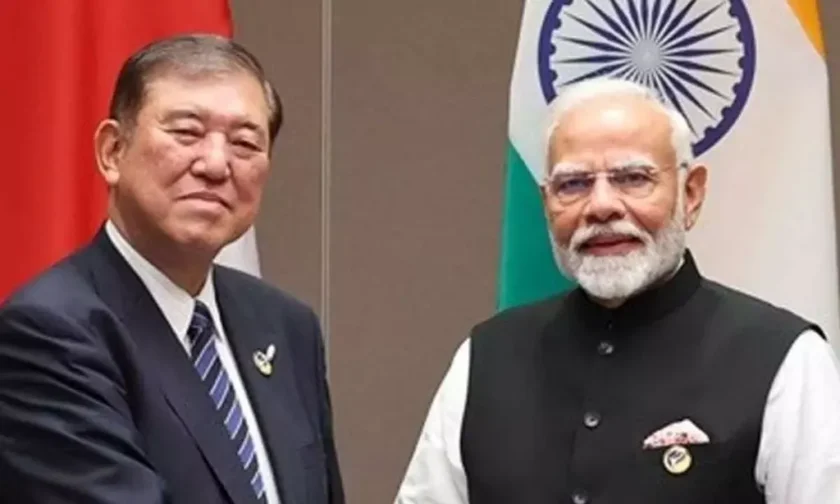Washington: US President Donald Trump has once again asserted that his intervention prevented a nuclear conflict between India and Pakistan, claiming that he used trade pressure to stop the conflict and that seven fighter jets were shot down during the “raging” hostilities—a number he had previously put at five. “All of these conflicts have been halted by me. During a bilateral discussion with the president of the Republic of Korea, Trump said, “India and Pakistan would have been a big one.” “The conflict between India and Pakistan was the next stage that was going to be a nuclear conflict,” he said. That was raging; they had already shot down seven planes. “You want to trade?” I asked. If you continue to argue, we won’t trade with you or do anything else; you have 24 hours to make amends. “Well, there’s no more war going on,” they remarked. I made extensive use of it. I took advantage of trade and other resources I had available.
Trump has already raised the India-Pakistan dispute on many occasions. He had said in July that five fighter planes were shot down before the two sides stopped fighting, but he did not say which jets or whose side’s aircraft were shot down. Trump’s latest allusion to “7 jets” follows Air Chief Marshal Amar Preet Singh’s confirmation that India had shot down a big observation plane and at least five Pakistani fighter planes during Operation Sindoor.
“We have at least five fighters confirmed killed and one large aircraft, which could be either an ELINT (Electronic Intelligence) aircraft or an AEW&C (Airborne Early Warning and Control) aircraft, which was taken on at a distance of about 300 kilometers,” the IAF Chief stated in his keynote address at the 16th edition of the Air Chief Marshal Memorial Lecture on August 10. In fact, this is the biggest surface-to-air death that has ever been documented that we can discuss.

“We were able to get at least two command and control centers, like Murid and Chaklala,” he said, going into additional detail about the operation. There are at least six radars, some large and others minor. There are two SAGW systems located in Okara and Lahore. Three hangars were assaulted by us. These were the Jacobabad F-16 hangar, the Bholari hangar, and the Sukkur UAV hangar. We have evidence of a couple of F-16s and at least one AEW&C in the AEW&C hangar, which was undergoing repair.

For the first time, the number of Pakistani aircraft destroyed during the combat was stated by a senior official. Operation Sindoor’s success was attributed to “political will” by the IAF Chief. “The existence of political will was a major factor in the outcome. We were given very explicit instructions and there was very obvious political intent. There were no limitations placed on us. Any limitations that existed were self-imposed. The rules of engagement were determined by the troops. We made a decision on how to manage the escalation. We were completely free to organize and carry out our plans,” he stated.
“There was synchronization between the three forces,” he said. The CDS position had a significant impact. His purpose was to bring us together. The NSA was also crucial in securing all the agencies. In reaction to the Pahalgam terror assault on April 22, which claimed 26 lives, India began Operation Sindoor on May 7. More than 100 terrorists were killed as the Indian Armed Forces struck terror infrastructure in Pakistan and Pakistan-occupied Jammu & Kashmir. Additionally, India hit Pakistan’s airbases and repulsed its reply. Meanwhile, Trump has persisted in claiming that his involvement was essential to prevent the conflict from degenerating into a nuclear conflict.





